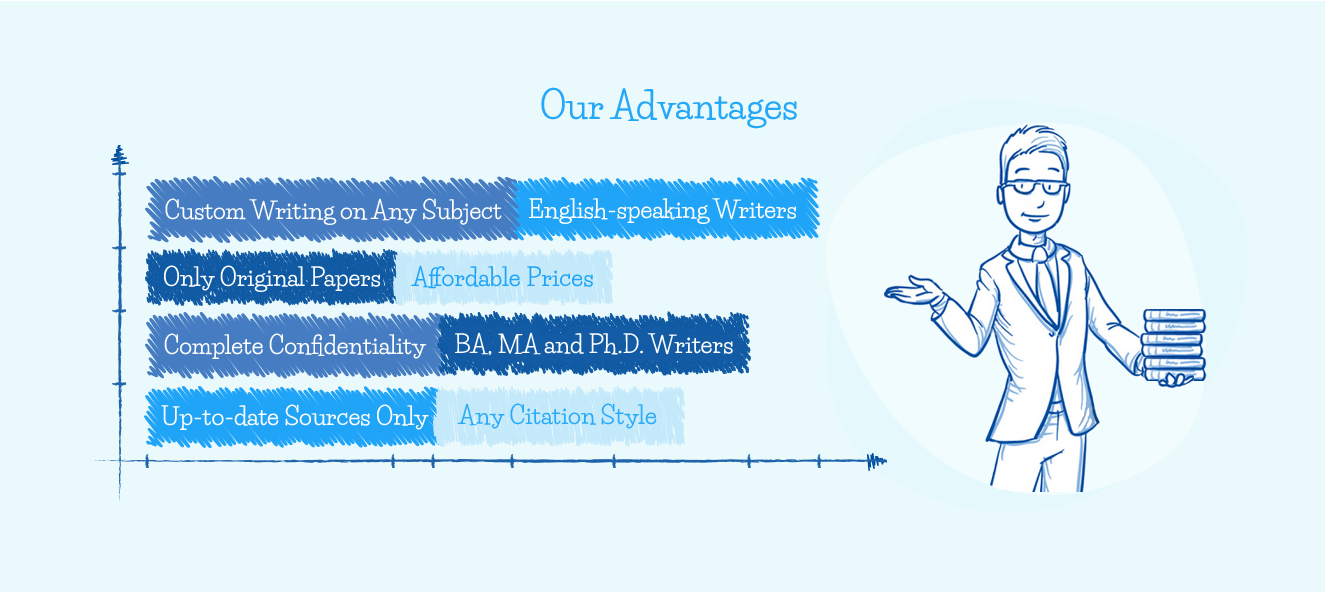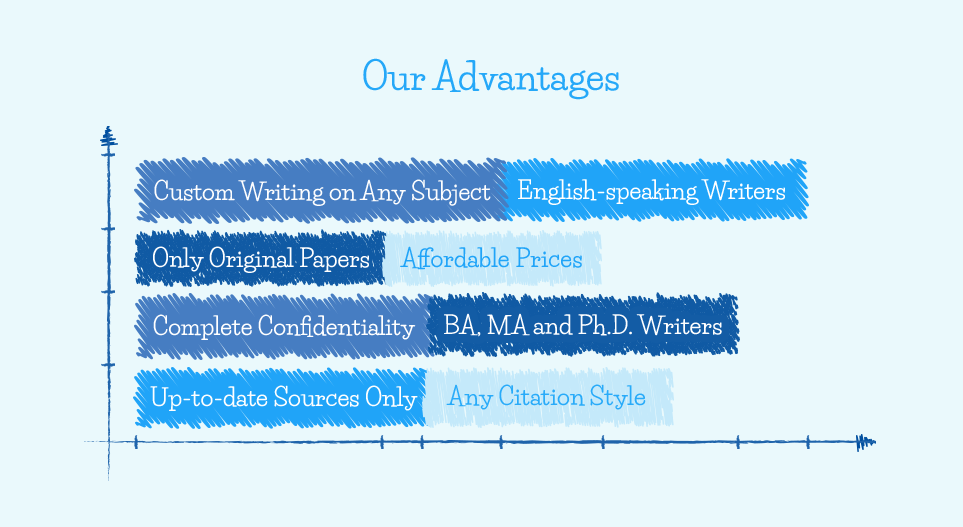
“Good Strategy/Bad Strategy: The Difference and Why it Matters” Free Essay
The book “Good Strategy/Bad Strategy: The Difference and Why it Matters” by Richard P. Rumelt, Crown Business, 2011 presents a discussion about the strategies chosen by the leaders to direct their organization in government, business, or public sectors. The author says that his major purpose is to introduce readers to the major differences between an effective or good strategy and an adverse or bad one and to help top managers in creating good strategies. The value of the findings presented by the author is exacerbated by the increasing gap between a good strategy and what typically people think to be a “strategy”. Most organizations perceive a strategy as statements of desirable outcomes rather than plans for removing the barriers to the development of their competitive advantages. Besides, they ignore the need for creating a focused strategy due to the application of the template-style strategy or difficulty of choice. Rumelt responds to the issue by offering ways of creating a “good strategy” as an approach that increases the effectiveness of an organization’s actions by finding, coordinating, and focusing their sources of power and applying them to the best effect. The central parts of a good strategy operation in any organization are discovering the critical points and designing a way of focusing and coordinating actions to cope with those points. The author concludes that the greater the challenges, the greater efforts in focusing and coordinating actions are required to achieve a necessary problem-solving effect. Furthermore, understanding the matter of a valid strategy provides new and effective ways to clear the obstacles organizations face and develop their competitive advantages.
The Central Lesson
This book teaches readers how to identify an organization’s strategy, develops their skills in analyzing information, and investigates a particular combination of policy, actions, and resources. It focuses on developing a set of actions around identified issues and on implementing those actions. Richard Rumelt states that crafting a “good strategy” is an approach that increases the efficacy of an organization’s actions by finding, coordinating, and focusing their sources of power and applying them to the best effect. He highlights that it is a mistake to perceive a strategy as a goal or objective. The organization’s strategy is designed upon a specific set of conditions (kernels) as a plan for actions that results in a great problem-solving effect and creates the organization’s competitive advantages. In the short term, this strategy implies attacking the defined problems with an efficient combination of policy, resources, and actions. In the longer term, the implementation of the strategy develops competitive advantages in future contests. Based on real-life examples, readers learn to identify the hallmarks that distinguish a good strategy from a bad one and give top managers advice on crafting good strategies.
Order your Book Review help today!
Hence the central lesson of the book is that a good strategy has coherence, policies, resources, and coordinating actions to achieve a necessary problem-solving effect.
Central Pillars
The central parts of the strategy operation in any organization are discovering the major problems in a specific situation and designing a way of focusing and coordinating actions to cope with those issues. The first learning outcome is that a good strategy always should have a basic logical structure that is called the kernel. The absence of the kernel means a serious problem with building the strategy. The kernel consists of three main components: a diagnosis, a guiding policy, and coherent actions. A diagnosis that identifies the most critical points of the organization degrades the complexity of the perception of reality. In turn, the guiding policy is developed to specify the general way of addressing the problems identified in the previous stage. Besides, the overall directive must be transformed into coordinated actions focused on issues that are dominant in the situation. It necessitates designing the coherence that implies workable coordinated policies, resource commitments, and actions to accomplish this guiding policy. Therefore, a strategy is a design rather than a plan because it embraces an imperative to provide the mutual adjustment of all components as the key aspect.
This finding leads to the definition of a good strategy as “a set of coherent actions that are designed to carry out the guiding policy”.
The second learning outcome is the necessity to specify proximate objectives. It provides a powerful way to coordinate actions. In brief, specifying proximate objectives implies having clear and feasible objectives to achieve visible performance improvements that can be perceived as short-term wins. It can help coordinate both problems solving and directing the action.
The trade-off approach to the design of a strategy is another central pillar of the author’s view of a strategy. It implicates the following: the greater the challenges, the greater efforts in focusing and coordinating actions are required to achieve the tight integration of resources and actions. These principles mean that tight coordination and resources are partial substitutes for each other.
Discussion
The most essential responsibility of any leader in any organization relates to identifying the biggest challenges that might include one or a few critical issues appropriate to the specific situation, focusing on actions, and concentrating resources on them to achieve a solve-problem effect based on a coherent approach. Learning the findings presented in the book allows deepening this crucial manager’s skill. The real-life examples concerning the contemporary business environment allow future managers and leaders to understand how to recognize the good strategy and make it an effective force in the organization. Readers can see in practice the kernel of a good strategy — diagnosis, guiding policy, and coherent action. Besides, the book makes them familiar with the practical use of building blocks of good strategy: anticipation, a guiding policy, design, focus, advantages, dynamics of change, and the inertia and entropy of rivals. These findings allow managers to avoid confusing strategy with goal setting and enhance their ability to detect the appearance of an adverse strategy. Developing the skill of detecting a bad strategy improves their performance significantly at assessing, influencing, and designing an effective strategy. In general, Rumelt’s approach makes managers able to skip a deep distinction between a “strategy” and its “implementation” by avoiding seeing a big-picture unrelated to any specific action.
Conclusion
The book underlines that a strategy is the set of coordinated and focused actions around identified key issues an organization should implement and inadmissible adverse actions an organization should escape. Such an approach reduces the gap between an effective strategy and what most organizations believe to be a “strategy”. Understanding the nature of a good strategy provides new and effective ways for leaders to clear the obstacles their organizations face and develop their competitive advantages.











